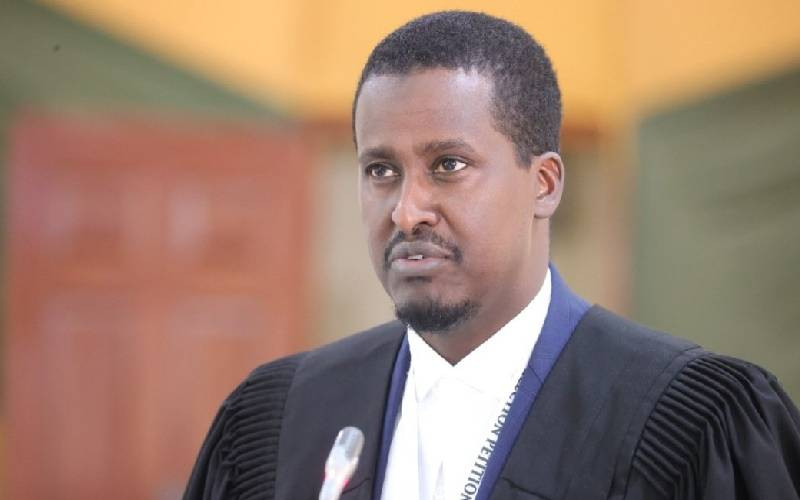×
The Standard e-Paper
Fearless, Trusted News

The IEBC on Thursday, September 1 defended itself against allegations that it understated the total number of voters who took part in the presidential election on August 9.
IEBC, represented by lawyer Mahat Somane, told Supreme Court judges that the total figures read out by the commission's chairperson Wafula Chebukati on August 15 were correct, and not understated or inflated.